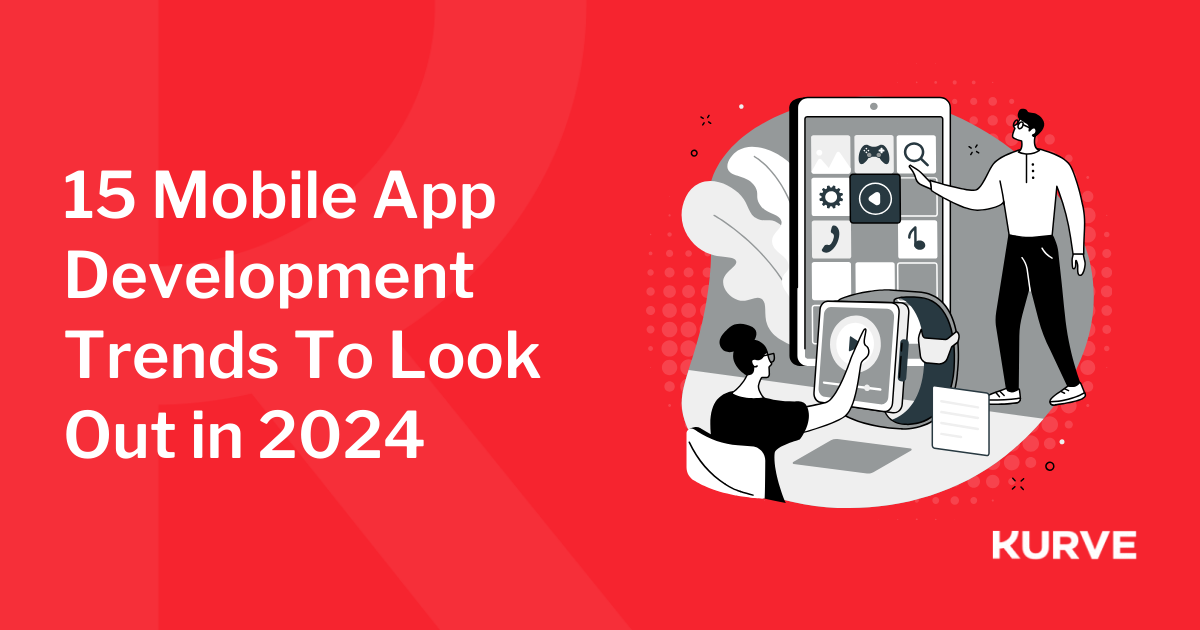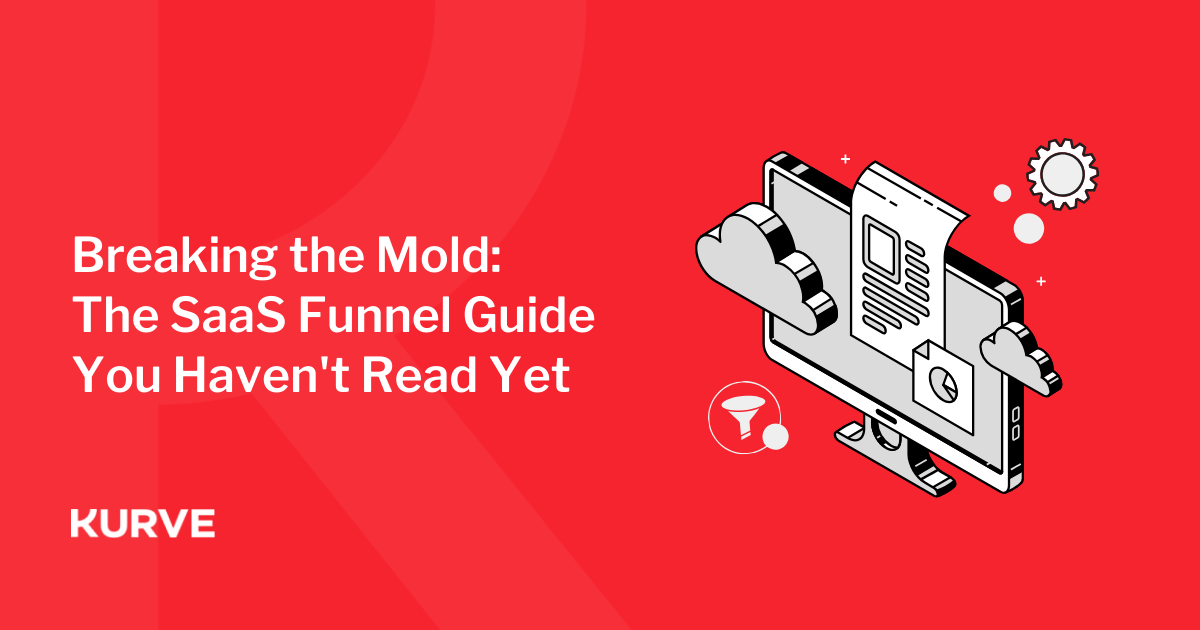How Marketers can use Data Better: Advice from 14 Data Experts
In this data-rich world, marketers cannot ignore the power of information. Indeed, we can all agree that working on gut instinct alone is no recipe for consistent success.
However, this doesn’t mean that creativity is dead. For campaigns borne of data analysis, creative minds draw out the methods and means by which we compel our target audience to take action. Simultaneously, creative campaigns will use data as the spine to support endeavours, and to prove campaign ROI.
The combination of accessible data analysis tools and ever-richer data sets means that there’s never been a better time to get your teeth into the numbers. Whether it’s big data or small data, marketers have an unprecedented opportunity to understand more about their audience, and to target them with perfect content in a confirmed context.
To get a picture of how marketers can incorporate data better in our campaigns for 2017, I spoke to 14 data experts, who each provided their snippet of advice for the forthcoming year.
1. Henrik Nordmark
Head of Data Science, Profusion
I think there are two main areas in which data can help with creating better marketing campaigns. The most obvious one that is on most people’s minds when they think of data-driven marketing is personalisation. There are many ways to personalise. The frequency with which you contact your customers may make the difference between your marketing being perceived as being very helpful and very annoying and this optimal frequency may be different for different individuals. The time of day, day of week and even day of month on which you contact someone may have a huge impact.
I was particularly surprised by how much the day of the month has an impact with certain types of campaigns. Naturally, building a data-driven customer segmentation is a great way of understanding your customers better and if you can couple that with a recommendation engine then you can really start cooking.
The other area in which data could be immensely useful and which doesn’t get spoken about much is in assessing the return on marketing investment (ROMI). There is an excellent article by Accenture titled Turbulence for the CMO, which explains how Chief Marketing Officers are under greater and greater pressure to justify the actions they take and to much more precisely quantify the impact of what they do on the bottom line. There is actually a solution for this; attribution modelling.
At first glance, this sounds like a problem that should be fairly easy to solve since it is just a matter of tying together an uplift in revenue to the relevant marketing campaigns that were at play. However, the devil is in the detail. If a marketing campaign included email, SMS, radio and TV all at once, to which channels do you attribute a successful sale? And what if one marketing channel on its own would not have been effective but perhaps a certain combination of channels is what made the overall marketing campaign effective. Fortunately, data science accurately assesses all of this.
2. Roger Huang
Growth, Springboard
I think marketers can use data much better by leveraging powerful open-source tools such as TensorFlow. As an example, I recently built a model that could, with 80% accuracy, predict whether a customer was male or female based on their first name. By using tools and approaches such as this, marketers can become much more individually precise about the experiences their customers undergo.
3. Ben Corrigan
Co-Founder & Marketing Director, Pouch
As a high-growth start-up, our marketing has involved a lot of experimentation and a very iterative approach to campaign costs. Thankfully, we use the enterprise level of Hubspot to manage our CMS, website hosting and CRM. Therefore, we can track campaign performance very accurately from initial traffic source, pages visited, CTA clicks, emails collected (open rates and response rates from those emails), and ultimately downloads.
We can therefore very quickly understand what channels perform the best for us by linking the cost of the campaign to download, and then optimise accordingly. We are fortunate that we live in a time of very sophisticated and free analytics platforms for most channels including AdWords, Facebook Ads Manager, Email Service Providers, etc. Our advice would be to make strong use of the targeting and reporting functionalities in these platforms rather than reinventing the wheel.
4. Dr. Stylianos Kampakis
Data Scientist consultant
I don't think there is a problem with data collection in marketing, but there is a huge knowledge gap in how statistical methodology and machine learning can be used in order to gauge the effectiveness of different campaigns. Marketeers should get more in touch with data scientists, since there are huge benefits to be ripped in the intersection of the two fields.
5. Joe Griston
Regional Director Europe, Freelancer.com
There is a question I ask in certain interviews, and it is interesting to see the response from anyone with a marketing background. "If you have £1 million to market a product (choose a product), tell me how you'd spend that money, and please account for every penny." Some candidates will then come up with elaborate marketing campaigns or TV advert ideas, which I can understand and which may work.
However, there is another choice. Take 10% of that budget, split that into 10, spend that on 10 different ideas, measure the top performing ROIs. Then, take the top 3 and ignore the rest, spend another 10% on each 3, measure the ROI again. Take that top performer and spent everything else on it. You are then getting the best results. Experiment, experiment, experiment, and learn SQL!
6. Martin Adams
Co-Founder & CEO, Codec
Marketers should accept the need to move beyond using data purely to target audiences, and force them to watch the results of content that they have made. That’s targeting data on the adtech side, so they should move beyond that. They should also move beyond using data that is focused simply on driving e-commerce transactions, for example, search data, which is very intent-based. What marketers need to do in 2017 is to access data that actually tells them about the audiences that they are interested in.
This is empathy data, in order to get an emotional picture of what a particular audience cares about, so that it can drive a creative output. That is where data is going to be valuable and exciting for companies in 2017. When they recognize that data can be used to make better creative decisions, and that better creative decisions can drive awareness and loyalty in the sales funnel, and that it’s not purely about using data to drive transactions or to force people to watch your content.
7. Yaser Ayub
Head of Online Marketing, Spotcap
With no signs of slowing down, the online marketing space is becoming increasingly expensive, competitive and labour intensive. This is why it's crucial for marketing professionals to use data to understand their customers, make informed decisions, and measure the return on investment (ROI) of their methods and tactics.
There are more sources of business intelligence available to marketers than ever before. Tools like Power BI are relatively cheap and incredibly useful for businesses. Data is at an all time high – which is great – but this means that framing and using this raw data requires more attention and finesse. Syncing analytics and business intelligence tools into a single, sleek interface like Power BI's helps to paint a clearer picture of data. Generating insightful, accessible reports encourages other departments to share and harmonise their data too.
Ultimately, marketers in 2017 must take advantage of the analytics and intelligence tools at their disposal, but – crucially – they must do it properly. Data alone isn't enough. Marketers need to invest in understanding it, sharing it and testing it.
8. David Mercer
Head of Online Strategy, SME Pals
Search and web traffic analytics are not the only types of online data marketers should be after. Monitoring the sales of the products you promote along with the sales of competitors’ products can bring fantastic promotional opportunities as well as great insight into what competitors are doing to drive their own sales. Think of it like being able to peek at the answers of other students while writing a test.
For example, tracking the sales of a product you are promoting, along with some of its closest competitors can help determine how well you are competing within a given niche, over time. If one of those items (not your own) suddenly experiences a surge in sales you can quickly find out what they did (i.e. a blog review, an online social media campaign, etc) to drive those sales – using a service that updates hourly and offers sales tracking and price change alerts. Knowing that means you can build up a playlist of strategies that are known to work for closely related items.
Having fine-grained sales data also makes it possible to directly compare the sales performance of your own products versus the competition. It’s one thing to say “we’re the best”, it’s another to actually be able to back it up with sales data.
9. Kirsty Brice
Director EMEA Marketing, 4C
Once they have accepted that real-time social advertising goes beyond their usual assumptions, marketers will be able to incorporate data effectively in their campaign planning and management.
I strongly advocate a simple step-by-step guide when planning data-driven campaigns:
- Know your audience through brand affinity comparisons
- Seize the moment using real-time triggers
- Use automated analytics tools to optimise your campaign
- Don’t forget about the weather!
10. Andreas Voniatis
Digital Data Scientist, Artios
My answer raises more questions than answers for marketers!
- Who is the data for? There are two main use cases of data, making decisions to do their job better and helping clients understand the performance of a campaign.
- What am I trying to improve? SEO? PPC? Average dwell time? Social media shares? Until you begin with the end in mind, you won’t even know what data to collect. Even if you know the channel to improve, which metrics are important? For example, if it’s PPC this might be the Quality Score or the Cost Per Acquisition (CPA).
Once you know this, you can start getting into the business of deciding types of algorithms (e.g. linear regression for CPA), data needed for collection and their available sources, such as Google AdWords API and other APIs for landing page content, such as IBM Bluemix.
11. Angeliki Romanou
Data Scientist, Intelen
In the last decade of personalised campaigns, marketers seek for more and more data to analyse and provide conclusions about various aspects of their consumers, in order to target better their audience. However, the challenge today is not to find any data but to find the relevant data. I think in the years to come, there will be extremely high need to care about the timing of the campaign too.
Exploiting information about user location, user social media broadcasting or user activity is a key for next generation in-time marketing. Technologies such as GPS, beacons, social media feed streams, fitness and activity streams are now and will be in the future, one of the main data sources in creating more intelligent recommendations and campaigns.
12. Pouya Yousefi
Lead Machine Learning Engineer, Dataiku
The intersection of marketing and analytics has enabled teams to adopt a more customer-centric approach, particularly when they embrace strategies like predictive analytics and machine learning. This is, after all, the Age of the Customer, where consumers are the driving force behind business decisions. Customers no longer blindly accept what’s offered to them; self-education now precedes purchasing decisions, and this has forced marketers to rethink how they reach potential customers at all phases of the buyer journey.
Machine learning and predictive analytics allows marketing teams to elevate their strategies to provide specific, tailored offers to retain customers, capture customers at the right time to prevent them from churning, deliver targeted content to prospects, use payment network partnerships to facilitate the delivery of time- and location-sensitive offers, and much more - all at scale.
But this new approach hinges on a much deeper customer knowledge, requiring a combination of traditional, transactional data (for example, purchase history) with two new data types: interaction data and external data. These two new data types can include a trove of additional insight including - but certainly not limited to, as the types and sources of available data continue to grow - website/app interaction logs, profile data, geolocation data, and all kinds of unstructured yet powerful data from social media. By using these three data types together, marketers can create a global customer image that allows for more much more sophisticated analysis.
For example, combining different data sets that have historically been siloed allows marketers to look beyond traditional segmentation (which previously provided only a limited scope, small sample sizes, and incomplete pictures) and instead to model-based segmentation for a more robust and nuanced customer picture and more targeted insights. It is model-based segmentation that allows for the elevated insight and strategies mentioned above, specifically tailoring messaging to and capturing customers in the most meaningful way.
13. Athanasios Spyrou
Senior Data Scientist, Taxibeat
Marketers must adopt a more engineering mindset. It would also be good for them to attend an introductory course in big data analysis or even get actively involved in more technical tasks.
This does not mean necessarily writing code, yet it would be handy keeping more in touch with data science process instead. In addition, they can also share a bit of their high-level strategic perspective with their data science team. Definitely, the ultimate goal is the establishment of communication between both ends which will lead to constructive collaboration.
14. Sai Jayakumar
Lead Data Scientist, Leanplum
One of the key things we have observed is that mobile users respond better to marketing efforts (push notification or email campaigns) which are tailored to their behavior and preferences. From content customization to delivery times that reflect when users prefer to engage, personalization is key.


